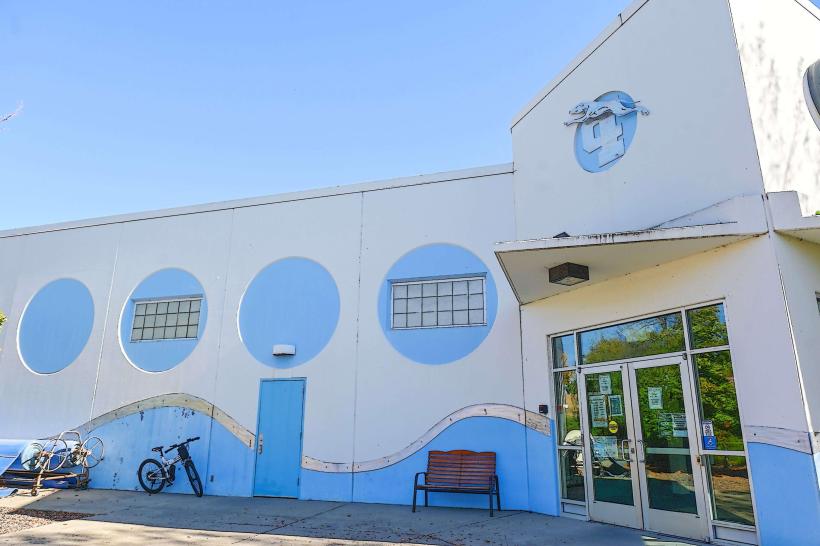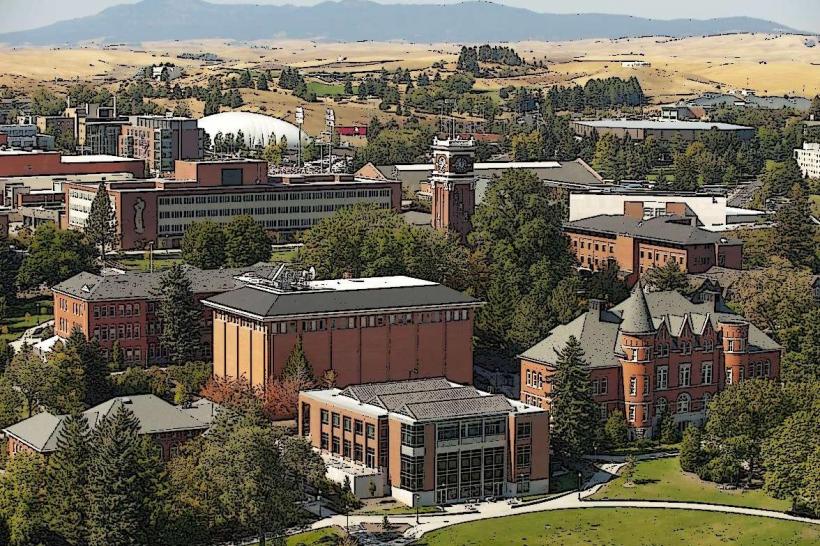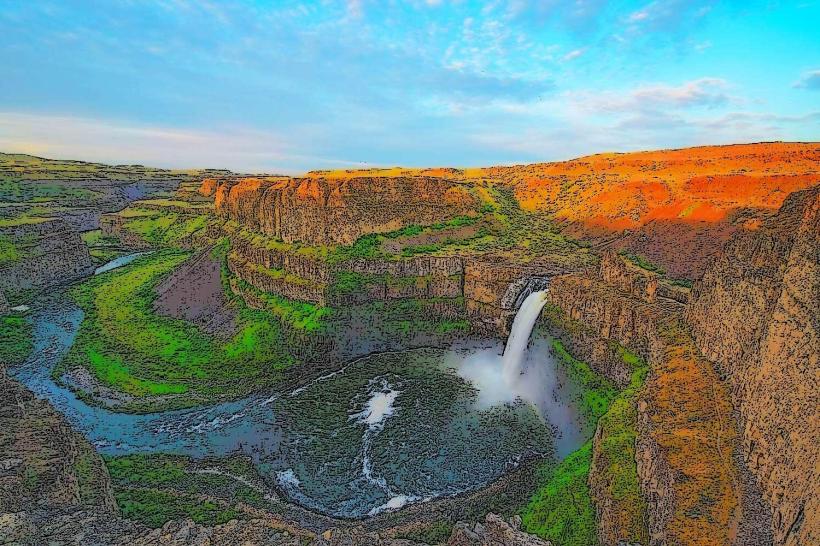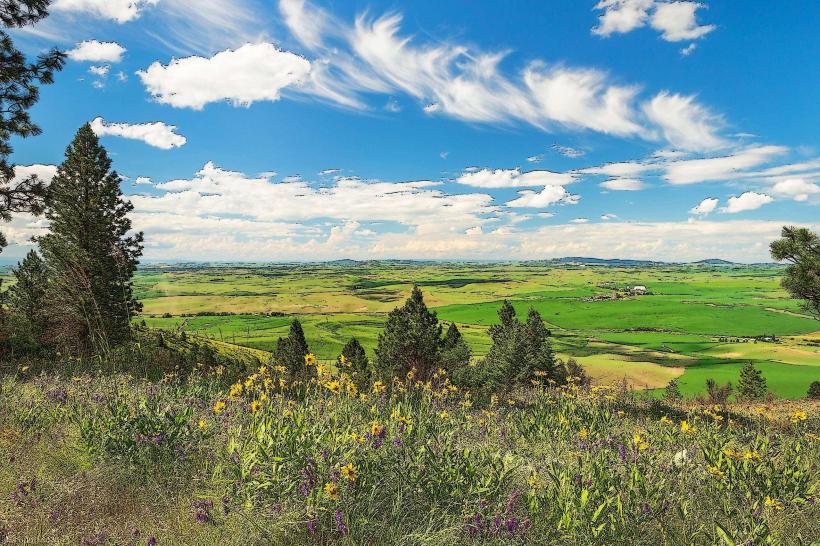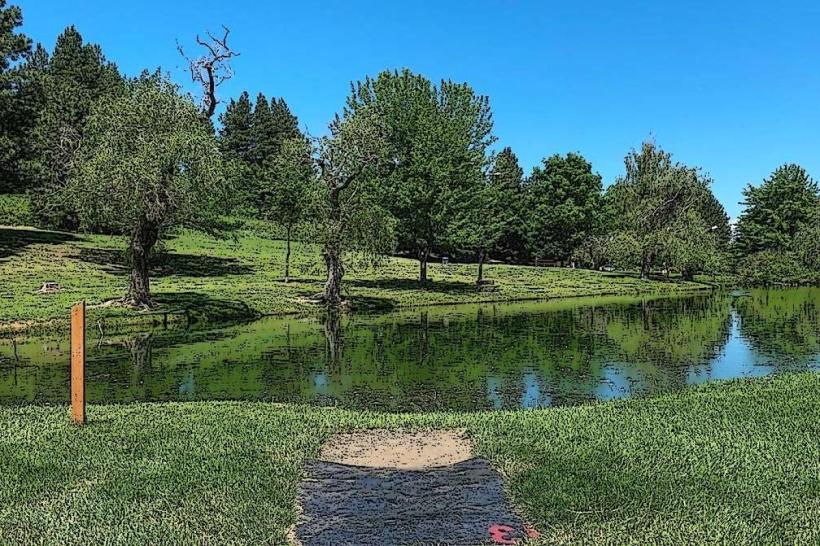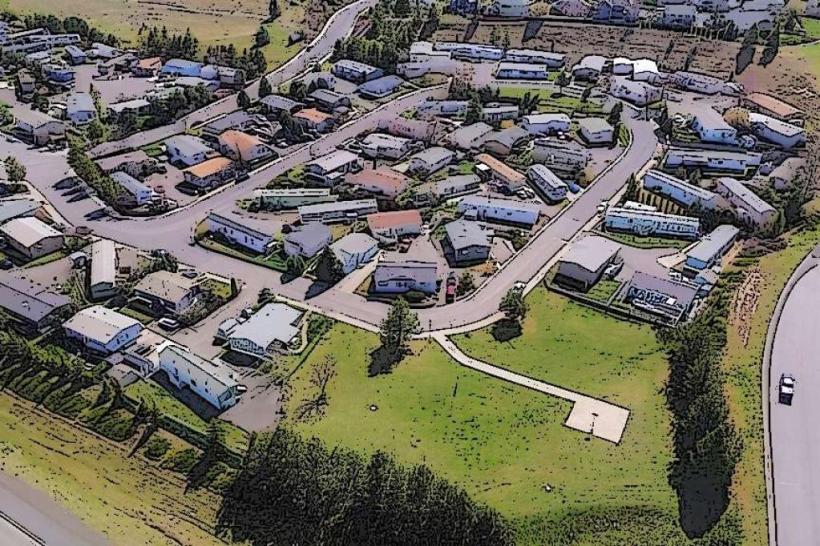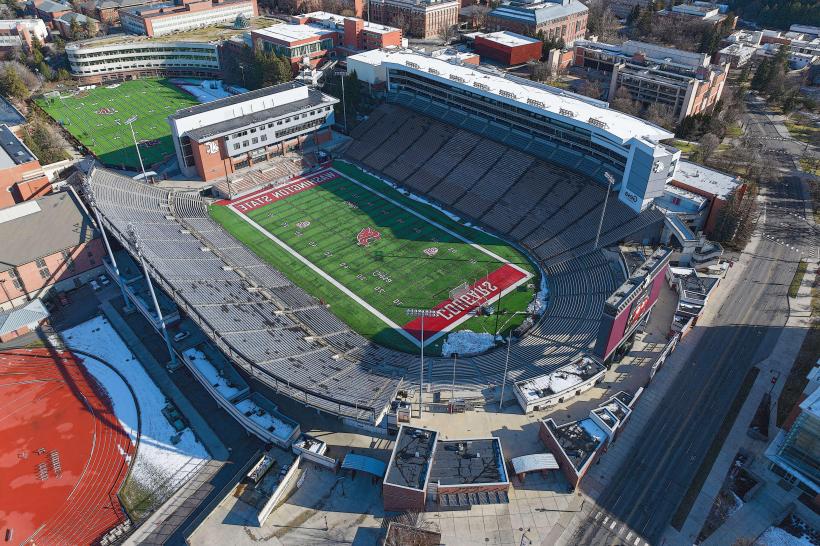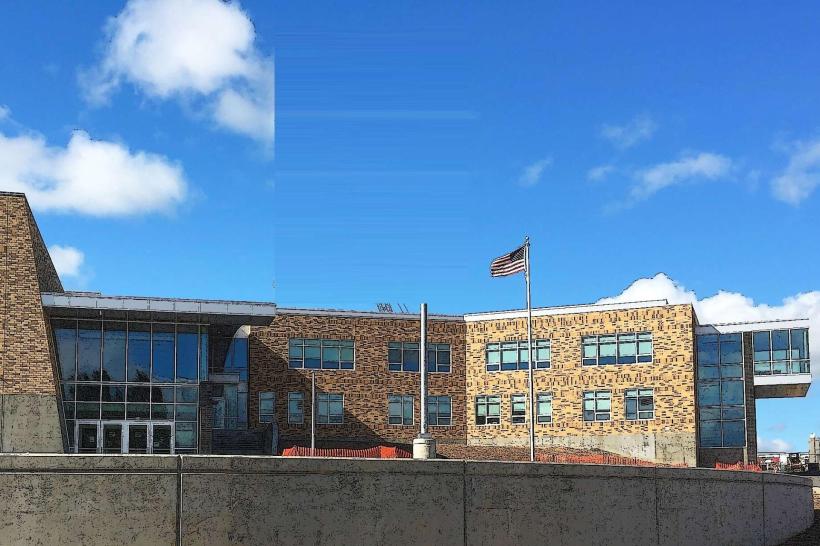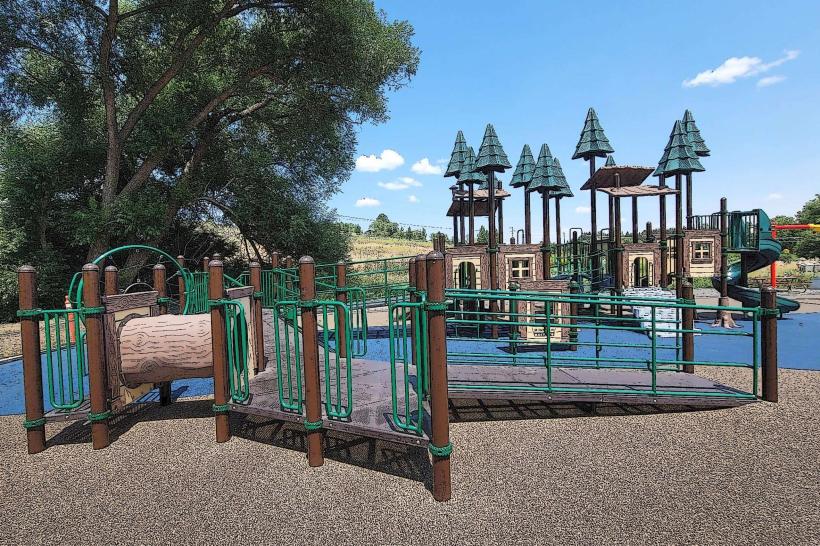Information
City: PullmanCountry: USA Washington
Continent: North America
Pullman, USA Washington, North America
Overview
Tucked into the rolling hills of southeastern Washington’s Palouse, Pullman buzzes with energy and pride, best known as the home of Washington State University, as a result pullman mixes wheat-field charm with campus buzz and cutting-edge tech, making it both a thriving farm center and a bold, forward-looking college town.Curiously, Set among the rolling, golden wheat fields of the Palouse, it stands out as one of Washington’s most striking cities, also pullman sits in Whitman County, just shy of the Idaho line, about eight miles west of Moscow-the college town where the University of Idaho’s brick buildings rise against the hills.You know, It sits where four hills meet-College, Military, Sunnyside, and Pioneer-each carving out a distinct neighborhood and giving the town its winding streets, meanwhile the city sits cradled by the Palouse Hills, where rich loess soil rolls in gentle, wave-like curves-perfect for dryland fields of golden wheat and rows of green legumes.Pullman’s climate is a mix of dry-summer continental and warm-summer Mediterranean, furthermore winters hit hard-snow piles along the curbs, ice slicks the sidewalks, and temperatures often sink below 20°F. Summers are warm and dry, with highs settling in the mid‑80s °F, low humidity, and daylight that lingers well into the evening, on top of that the seasons stand apart-spring brings cool rain, while fall arrives with dry, crisp air that smells faintly of leaves.About 20 inches of rain fall each year, with most of it soaking the ground in the chilly months of winter and the fresh green days of spring, and warm, steady weather and deep, fertile soil make this region home to some of the nation’s most productive wheat fields, where golden stalks sway in the summer breeze.Pullman’s earliest residents were the Nez Perce, who fished the rivers and moved freely across the land long before Euro-American settlers arrived in the late 1800s, subsequently the city started as a compact farming and rail hub, once known as Three Forks for the spot where three creeks met and murmured together.In 1881, the town took the name Pullman, likely to honor George Pullman, the industrialist behind the plush velvet seats of luxury rail cars, along with everything changed in 1890, when Washington State College-now Washington State University-opened its doors, turning the quiet farming town into a lively hub of learning and research, with students spilling out of brick lecture halls.You know, Pullman’s economy leans heavily on education, research, agriculture, and technology, and at its heart is Washington State University, a bustling land‑grant research campus where more than 20,000 students fill the quads and lecture halls.The school’s programs in veterinary medicine, engineering, agriculture, communications, and biosciences are top-notch, drawing students who want hands-on experience-like examining a calf in the field or testing contemporary lab equipment, what’s more the campus sits at the heart of Pullman, shaping its character and driving its economy, from bustling coffee shops to crowded game-day streets.Pullman’s blossomed into a regional hub for high-tech, with sleek glass-front offices lining its downtown streets, moreover schweitzer Engineering Laboratories (SEL), founded in Pullman, leads the world in power systems protection and automation, with thousands of local employees keeping the lights on and the grids running.Agriculture: The rolling hills of the Palouse rank among the world’s most productive dryland farms, turning out soft white wheat, barley, peas, and lentils that sway gold and green under the summer sun, as well as in Pullman, the city government and Pullman Regional Hospital rank among the biggest employers, keeping hundreds of residents working under their roofs.Unemployment’s low here, thanks to a skilled workforce and a deep-rooted habit of universities teaming up with local industries-think professors and engineers sketching plans over coffee, as well as pullman’s about 34,000 strong, and you can feel the student energy everywhere-from crowded coffee shops to late-night library lights.WSU’s global reach has shaped a young, international community, with students from Asia, the Middle East, and Latin America filling the quad with a mix of voices and colors, on top of that pullman fosters a progressive, welcoming vibe, rooted in its strong academic community where campus lawns hum with conversation.Sporting events, lively campus life, and a blossoming arts scene all leave their mark on the local culture, alternatively founded in 1890, Washington State University became Washington’s land‑grant school, opening its doors with red‑brick halls and wide grassy lawns.The mascot’s name is Butch T, a grinning bulldog with a sparkling red collar, after that a cougar padded silently through the pines, its tawny coat blending with the shadows, maybe Athletics: The team plays in NCAA Division I as part of the Pac‑12 Conference, facing rivals like UCLA and Oregon under dazzling stadium lights, furthermore the school’s reputation rests on its top-ranked veterinary program-often called one of the best in the country-along with strong agriculture, engineering, and communications courses that draw students from across the nation, generally WSU digs deep into clean energy, food science, plant breeding, and biosciences, from testing solar panels under winter skies to developing crops that thrive in tough conditions, equally important the campus stretches across rolling hills, with wide lawns, red-brick buildings, and sleek, modern labs gleaming in the sun.Pullman’s neighborhoods spread across four main hills, with College Hill buzzing from student housing, lively Greek houses, and coffee shops packed with undergrads, consequently it’s just a short meander from the WSU campus, close enough to hear the bell tower ring, sort of Funny enough, Military Hill’s mostly a quiet residential area, dotted with aging houses and the occasional student apartment with bikes leaning against the porch, likewise sunnyside Hill’s a growing neighborhood, dotted with fresh-built houses, leafy parks, and schools just a short trek away.Pioneer Hill is one of the oldest corners of town, where weathered brick homes stand along calm, tree-lined streets that smell faintly of pine, therefore the city’s streets invite walking and easy bike rides, with paths winding right past campus.Winding trails and shaded greenways link neighborhoods to parks and WSU, where you might catch the scent of fresh-cut grass on a summer afternoon, meanwhile in Pullman, the outdoors calls with plenty of ways to enjoy its scenic charm, like the Bill Chipman Trail-a smooth, eight-mile stretch for biking or walking that winds all the way to Moscow, Idaho.From what I can see, Palouse Ridge Golf Course, set right on the WSU campus, offers championship-level play and wide, rolling views of the surrounding hills, simultaneously lawson Gardens is a neatly kept botanical park, where couples pose under blooming arches and families spread picnic blankets on the grass, mildly Kamiak Butte and Steptoe Butte are close enough for a quick drive, with trails that wind through quiet pines and lead to sweeping views of the rolling Palouse hills, alternatively reaney Park, Sunnyside Park, and Terrell Mall buzz with life, drawing neighbors together for concerts, picnics, and weekend markets.Through its parks and winding trails, the city encourages sustainable design, lush green spaces, and plenty of ways to stay active, subsequently pullman may be minute, but the university keeps its cultural scene lively-at Beasley Coliseum you can catch a packed concert, hear a renowned speaker, or watch the Cougars play.The Museum of Art at WSU showcases exhibits from across the country and nearby communities, from bold regional paintings to intricate national sculptures, then downtown Pullman buzzes with art galleries, cozy coffee shops, craft breweries, and lively seasonal events where music drifts through the streets.The National Lentil Festival is a lively summer tradition in the Palouse, where crowds gather for steaming bowls of lentil chili, colorful parades, toe-tapping live music, and friendly cooking contests, likewise theatre and music thrive here, with students taking the stage, local troupes filling compact downtown venues, and classical concerts echoing through campus halls and city churches.Pullman sits along State Route 270, with State Route 27 cutting through town like a quick, narrow ribbon of asphalt, meanwhile pullman-Moscow Regional Airport (PUW) runs daily flights to Seattle and, now and then, sends planes off to a few other cities in the western U. You know, S, consequently public transit’s easy here-Pullman Transit runs free or low-cost buses all over town and through the WSU campus, with stops so close you can hear the brakes hiss when they pull in.You’ll find long, winding paths perfect for cycling or walking, especially through campus and along the stretch between Pullman and Moscow, in conjunction with though it sits off the beaten path, Pullman’s easy to get around, with streets that link neatly across town like threads in a well-woven map.We face real challenges-geographic isolation, for one, and the limited access to materials it brings, like waiting weeks for a single shipment to arrive, equally important there are also future opportunities worth exploring.
Author: Tourist Landmarks
Date: 2025-10-29
Landmarks in pullman

